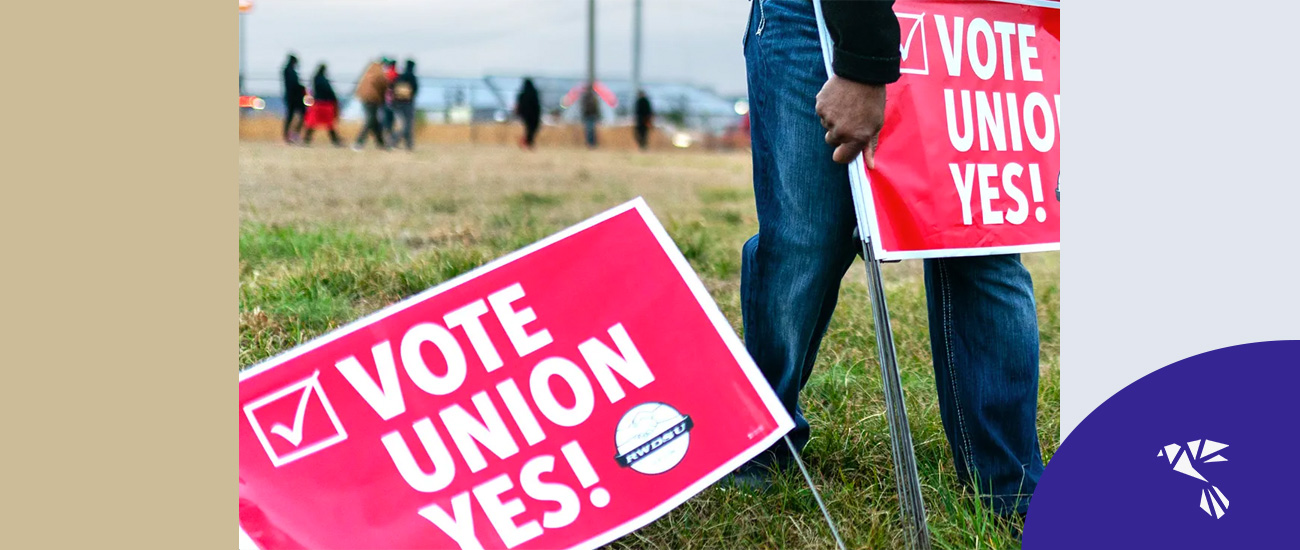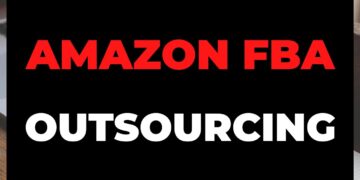Amazon workers in Staten Island, New York, managed to vote and create the first labor union in the history of the U.S. The emergence of this labor union has been received in different ways.
Initially, Amazon has discouraged the formation of associations among its workers by numerous means, arguing a direct relationship with them.
In addition, activists, labor movements, and citizens affirm that this union in Amazon is a milestone in their struggles for labor rights in the U.S. Many experts also assert that these labor unions can provoke a snowball effect. Many employees will form labor unions massively, affecting small businesses. What is the truth?
This blog post tells you everything you need to know about the recent Amazon Labor Union in New York.
What events led to the first Amazon workers’ union in New York?
Amazon Labor Union emerged in New York from the leadership of many workers, like Chris Smalls. Smalls is an organized African American worker who is now the Amazon Union Labor interim president. His history within Amazon and the U.S. labor movement is a peculiar one.
In 2015, Chris Smalls was recruited by Amazon to be a picker. He briefly worked in Connecticut, where he was fired without proper cause or appeal. Later, he was brought back to Amazon and worked at the Staten Island warehouse in New York when it opened in 2018. At this warehouse, Smalls worked as an assistant manager.
While working at Amazon, Smalls noted that this company reproduces racial discrimination and violates employees’ rights. Smalls also contacted local politicians and journalists to report that employees were working while critically ill with COVID-19 at the Staten Island warehouse without Amazon taking preventive actions.
In addition, Smalls organized protests in New York. As a result, Smalls was fired from the company. Since then, Chris Smalls and other workers managed to create the Amazon Labor Union in New York.
The Amazon Standpoint on Labor Unions in New York
Michael Ham argues that Amazon is “terrified” of workers forming a union. According to Ham, Amazon’s over-reactivity over labor unions arises from a classic human resource management standpoint: employees must always be prevented from organizing.
If workers do not have power, business owners can do whatever they want with them. This is how Amazon constantly treats its employees.
From an ethical point of view of human resources management, reducing association liberties harms workers’ rights and weakens companies’ prosperity.
For example, a worker whose rights are respected will feel more valued in a company than another who operates in a hostile work environment that coopts unions.
Also, treating employees with dignity and freedom is guaranteed by the federal and state laws in the United States. It would be helpful for you to remember that free association is a civil right and also a workers’ human right.
Whether you are interested in creating a diverse remote workforce from ethical human resources approaches or want to be supported in workers’ rights in the U.S., we suggest you hire a legal specialist for your business.
How Does the Emergence of Amazon Labor Union Impacts Small Businesses in New York and the U.S.?
The idea of labor unions is enough to horrify a business owner. Why? It is expected that unions cause wages to rise, mining small businesses’ performance. However, this may be a myth.
The first thing you may want to know as a business owner is that unions are not only allowed by the National Labor Relations Act. Consequently, intervening in employee association initiatives is assumed as an unfair labor practice that you will want to avoid.
Moreover, suppose your employees deliberate collectively and are aware of their rights, and you rely on a human resources department with solid knowledge of the labor federal and state law. In that case, you will not have to face insidious events, such as lawsuits.
In New York, we recommend you study legal matters relevant to your business, document all your operations properly, and create a strategic plan for attaining ethical human resources management in 2022.
Staten Island, New York














